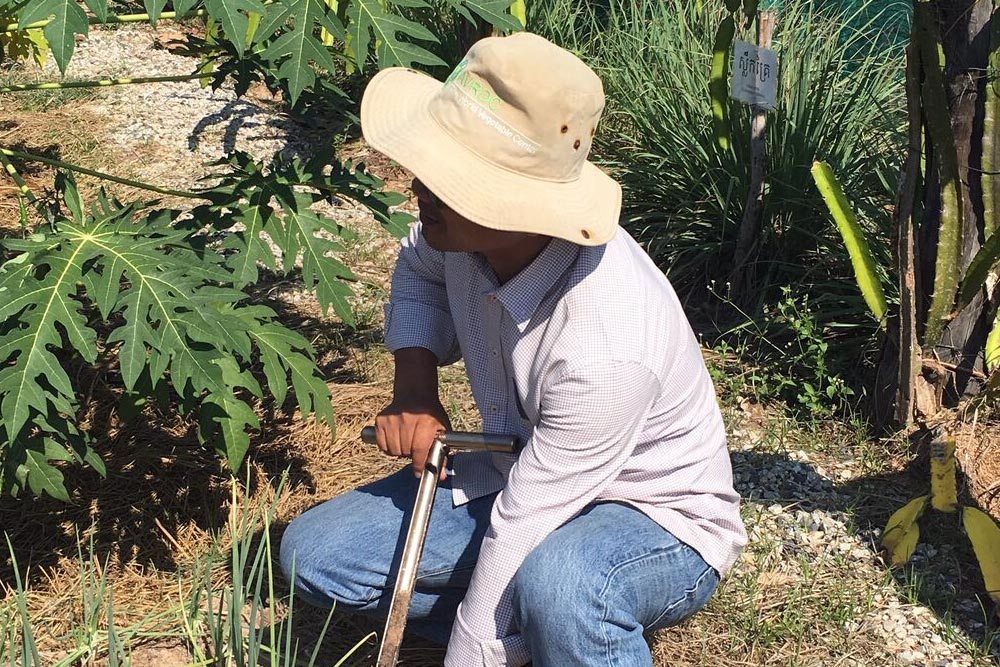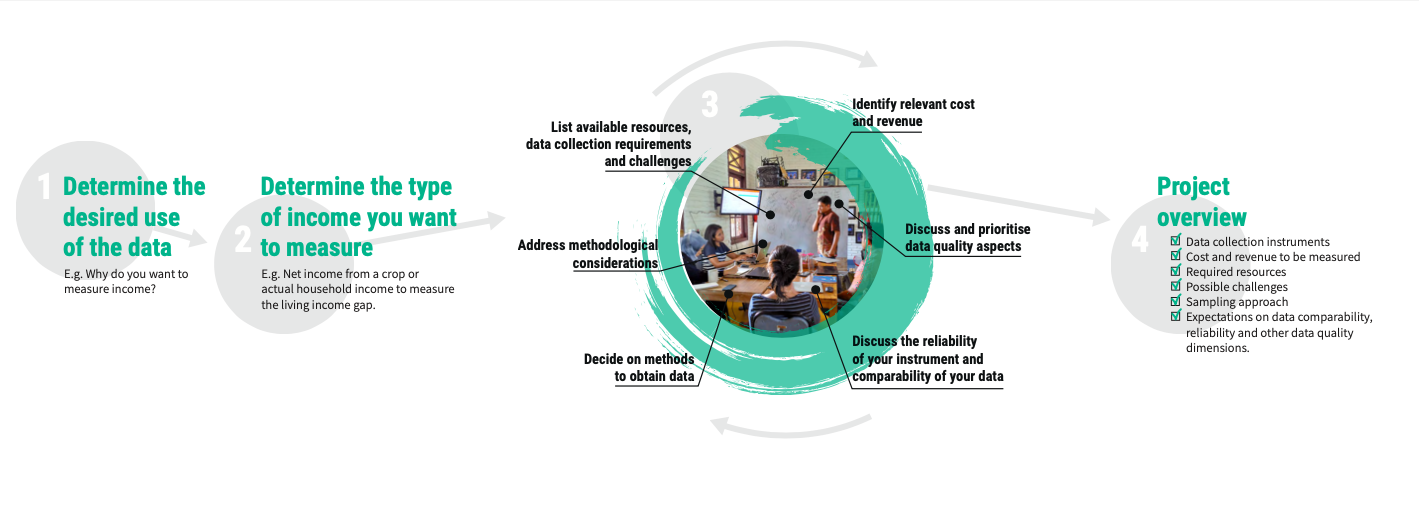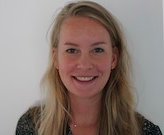Smallholder farmers are crucial in the effort to end hunger and alleviate malnutrition worldwide. They account for 90% of the world's farms and contribute substantially to global food chains. What’s more, they are better at conserving natural resources than large, industrial farms. In short, smallholder farmers have the potential to feed the world sustainably. However, they are also a group that faces huge barriers. Many live in impoverished conditions and are unable to achieve a sustainable income.
Smallholder farmers are not a homogenous group - they have different needs, contexts, and crops. So how can organisations seeking to improve the livelihoods of smallholder farmers target them in an effective and scalable way?

Above: Yong Yeng, senior agriculture specialist at the World Vegetable Center, deploying vegetable seed kits to tackle malnutrition in Cambodia, 2017. Photo by Joy Ghosh.
Over the past two years, Akvo has become involved in numerous projects involving the measurement of smallholder farmer income. Many of our partners - from non governmental organisations (NGOs) to corporate social responsibilities (CSRs) - need to be able to show how their efforts are resulting in increased income for the farmers they work with.
We’ve developed a number of approaches to capturing smallholder farmer income. But as our experience in measuring smallholder income has grown, so has our understanding of the complexity of this task. How can you be sure that farmers are reporting true costs and revenues? Are the farmers reporting the correct measurement unit that they use for weighing the quantity of crop sold? And how do we know that the data is complete - that we have captured all of the relevant information?
To add to the complexity, many organisations want to be able to compare data from different smallholders in order to learn from programme implementation and steer where needed. But how can we compare data from a cocoa farmer in Ghana with a coffee farmer in Ethiopia? Often, surveys are designed with local stakeholders in order to cater to the farmers and retain important local context, but comparing data from different surveys and methodologies is a large and error-prone task.
To address this complexity, Akvo developed two new tools to improve the reliability and scalability of smallholder income data.
First, in collaboration with IDH, we developed a survey to measure the income of smallholder farmers (i.e. crop revenue, profit from a crop, or actual household income to measure the living income gap). The survey is designed so that it can be used in different contexts, and the data collected in one location can be compared with data collected in another location, despite the contextualisation. It comes with an intake form that facilitates the contextualisation of the survey.
Second, we developed a guide to measuring the income of smallholder farmers. Using this guide, readers will be taken step-by-step through the process of designing an approach for measuring farmer income that fits the needs of a certain context with the available resources. Below, you can see a visualisation of this step-by-step approach. Stay tuned for the release of our full guide on measuring smallholder income by signing up here.
Besides these tools, we can support you in measuring income in two ways. First, by providing learning sessions to kickstart the development of your team's income measurement approach. Secondly, we can support you throughout your Data Journey by collaboratively designing the income measurement approach, capturing farmer income data, and understanding the data that is collected to develop recommendations for action.
Do you want to know more?



